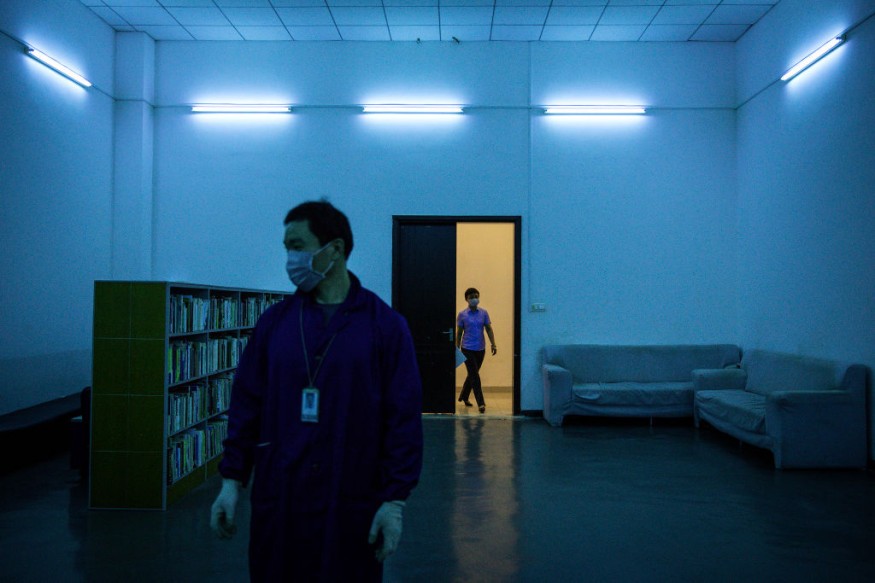
In this modern world, there's almost nothing that technology can't do. It has even played a significant role in different ways during the heights of a global pandemic, and indeed, without its aid, could have led to an unimaginable apocalypse event.
Throughout the years, technological developments have been made and done, assisting humans in every way possible. In a new study, scientists reveal a new type of ultraviolet light called Far-UVC that could 'dramatically change' our fight against airborne pathogens, including the notable COVID-19.
According to ScienceAlert, this new kind of ultraviolet light safely kills airborne pathogens in indoor environments. It even represents a new 'hands off' way of suppressing COVID-19 spread, and works far better than other existing control measures that involve significant changes in how society moves - such as wearing masks, abiding by lockdowns, physical distancing, or nationwide vaccination.
As Easy as Changing a Light Bulb
While the above "often unpopular measures" have been effective in curbing transmission of airborne infections, it has been challenging and time-consuming to implement especially globally, much more compel them in every person.
Good news is, Far-UVC lighting indoors is simple to install and "could be about as easy as changing a light bulb," scientists say. In terms of effectiveness, the device works in "no less impressive" in antimicrobial radiation.
"Far-UVC rapidly reduces the amount of active microbes in the indoor air to almost zero, making indoor air essentially as safe as outdoor air," biophysicist David Brenner from Columbia University Medical Center said in the university's page. "Using this technology in locations where people gather together indoors could prevent the next potential pandemic."
While UVC light has been known to pose potential health hazard to the skin and eyes, a decade-study reported in Scientific Reports resulted in the discovery of the new type of UVC light which would be just as efficient at killing bacteria and viruses, without worrying about the safety hazards from conventional germicidal UVC.
Efficacy in Real Room Environment
Findings show that the device was equally effective in a normal-sized room and reduced up to 98.4% of the pathogen load in a matter of minutes, maintaining an ambient level of 92% reduction at a level in line with International Commission on Non-Ionizing Radiation Protection (ICNIRP) guidelines.
In this case, the researchers used a sealed facility the size of a single-occupancy hospital room where different types of building ventilation and devices can be implemented to test the potential effectiveness of approaches like Far-UVC in a full-scale situation, said environmental microbiologist Louise Fletcher from the University of Leeds in the UK.
Physicist Kenneth Wood from the University of St Andrews in the UK added: "Our trials produced spectacular results, far exceeding what is possible with ventilation alone."
Although the technology is quite promising so far, scientists acknowledge the possible side effects and difficulties to overcome of using Far-UVC in the real world, such as ensuring that the installation meets the correct level of radiation exposure, "being both effective but also within safe, set limits."
© 2025 NatureWorldNews.com All rights reserved. Do not reproduce without permission.





